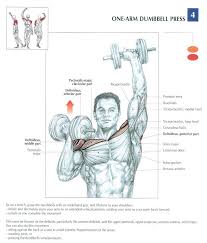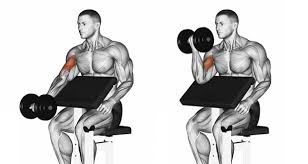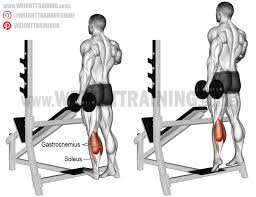Exercises
Do I have a pelvic floor? If you have a pelvis, then yes, almost certainly! The pelvic floor refers to a group of muscles that "stretch like a muscular trampoline from the tailbone to the pubic bone," as the Continence Foundation of Australia so delightfully puts it. These muscles hold up the bladder and the bowel, as well as the uterus (if you have one). What does my pelvic floor do?
Read MoreMajor Muscles on the Front of the Body Our body has several layers of muscles. This list shows the outermost layer, called the superficial layer, of our major muscles. Muscles are usually work in pairs because although they can contract and shorten (flex), they are pulled by an opposite (antagonist) muscle to straighten out (extend) again. Sometimes the name of the muscle includes it’s function—such as extensor, flexor, adductor, abductor. The muscles on the front of the trunk help lift the arms and move the body forward and sideways. They also protect the organs in the abdomen. To better understand muscles and how they work, it’s important to familiarize ourselves with the different planes of the body. In anatomy, there are three different planes in which our bodies move.
Read MoreLunges are a popular strength training exercise among people wanting to strengthen, sculpt, and tone their bodies, while also improving overall fitness and enhancing athletic performance. This resistance exercise is popular for its ability to strengthen your back, hips, and legs, while improving mobility and stability. Lunges are ideal for those wishing to get stronger and for current athletes, including runners and cyclists. Continue reading to take a look at the benefits of lunges along with what muscles they target and a few variation options. Benefits of performing lunges 1. Weight loss
Read MoreTo get moving: Grab one 10-15 pound dumbbell for this move. Get into a staggered stance; your feet should be hips-width distance apart, with the toes of one foot in line behind the heel of your other foot. With bent elbows, move the weight above and behind your head. Then extend your arms straight up, feeling your triceps engage as you go. Ensure that your neck stays neutral and your elbows don’t flare out wide.
Read MoreLie flat on a bench, holding a dumbbell in each hand resting near the top of your thighs, palms facing towards each other. Bend one leg up to help you lift the dumbbell Press 'Read More'
Read MoreWhile the shoulder press focuses primarily on two portions of the deltoids, lateral and posteria, middle and lower trapeiz, and it also works a plethora of other muscles. Your trapezius, triceps and rotary cuff muscles all have to work in conjunction with your shoulders for this exercise to be done.
Read MoreTo perform the exercise, grab some moderately light dumbbells that you don't struggle to lift. Hold them next to your sides, with a slight bend at your elbow. Stand, Press 'Read More'
Read MoreStand tall with your chest up and core braced, holding the barbell with your hands just outside of your hips, using an underhand grip. Keeping your chest up and your elbows tight to your sides, initiate the move by raising your hands slightly so you feel your biceps become engaged. While maintaining tension on your biceps, curl the bar up to shoulder height, then give your biceps a one-second squeeze. Start to lower the bar slowly, keeping your biceps tensed and engaged to work as many muscle fibres as possible.
Read MoreMethod: Rest your back against the bench, feet planted firmly on the floor, with a dumbbell in each hand resting on your thighs, palms click 'Read More'
Read MoreThe tricep dip is a very effective bodyweight compound exercise for building maximum muscle and strength. In fact, it’s a bread and butter movement and most people who weight train perform some variation of the dip whether it be on a dip assist machine or a bench. Now, anyone can do a dip depending on your strength level and the piece of equipment you use, so it’s recommended to find a variation which works best for you. The tricep dip works all three heads of the tricep effectively and is a must for any training routine geared toward getting results! In This Exercise
Read MoreHow to Do Calf Raises the Right Way Slow down (way down) Speed is your enemy on calf raises. The calf is made up of several muscles that work together each time you take a step—that's at least 5,000 reps per day for most of us. In order to improve size and strength in this area of your body, the mind-to-muscle connection is extremely important. I suggest using a 2-1-2-1 ratio: a two-second stretch, a one-second contraction up, a two-second isometric hold at the top of the range of motion, and then a two-second eccentric motion back down. Stacking five plates on a barbell and doing five max-out reps won't help you here! Stand up (all the way up)
Read More










